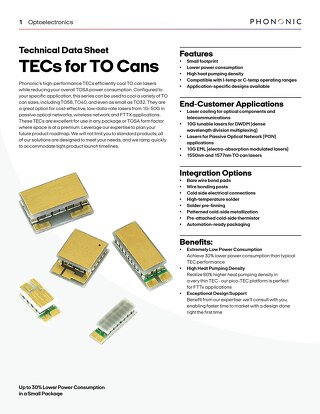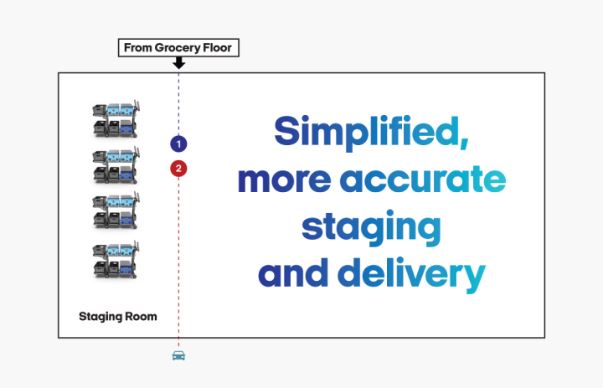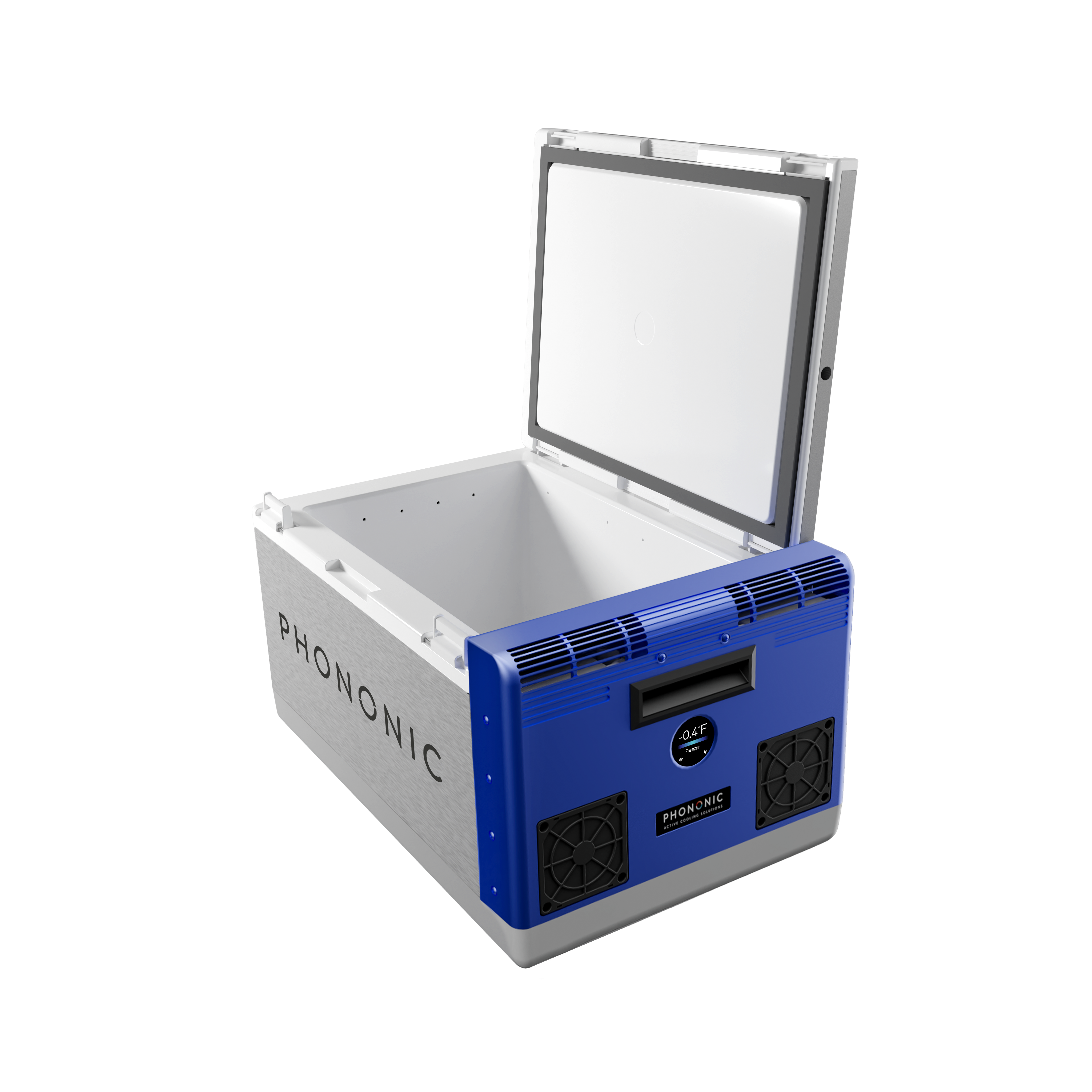Frozen Vaccines
June 14, 2019
Vaccines must be stored and kept at proper temperature, not getting too hot or too cold. This protects the quality and potency of the vaccines. While most vaccines are refrigerated, some must be frozen. Vaccines that are kept frozen should be stored in a freezer at a temperature of 5°F or colder. When putting the vaccines in the freezer, it helps if you leave 2 to 3 inches between the vaccine containers and the freezer walls. Another technique used to maintain consistent temperatures within the unit is to store water bottles in the freezer with the vaccines. It is often recommended to not use a dormitory-style freezer or a combo refrigerator/freezer unit. A pharmacy grade refrigerator is appropriate for vaccine storage. Food should not be stored in the unit. The vaccines should not be stored on the shelves of the freezer doors.

Preventing Frozen Vaccines
The majority of vaccines are not meant to be frozen. Frozen vaccines include the vaccines for chickenpox, shingles and a vaccine combo of Varicella, MMR or MMRV. For vaccines that are only meant to be refrigerated, freezing can be harmful. Frozen vaccines of this nature can cause loss of potency which can never be restored. This diminishes the effectiveness and can increase the risk of adverse events following a vaccine treatment. According to the World Health Organization, protecting vaccines from freeze damage remains one of the most poorly addressed problems in vaccine management. The inadvertent freezing of vaccines makes it harder to achieve disease prevention goals. The wastage of frozen vaccines has a high cost associated with it as well.
How Phononic can Prevent Frozen Vaccines
Phononic is working to improve the pharmaceutical cold chain. Our solution is medical-grade solid state refrigeration. Phononic refrigerators deliver unprecedented temperature stability and uniformity. Traditional compressor-based refrigerators experience temperature fluctuations as much as 5°C, which can damage or destroy products. Our technology is constantly monitoring and adjusting temperatures, so fluctuations are minimized to only 0.5° C. We also offer automated data logging, monitoring and alarm notification management that meets CDC data logging guidelines. With our technology, an efficient and safe cold chain is achievable, reducing the risk of inadvertent freezing.









